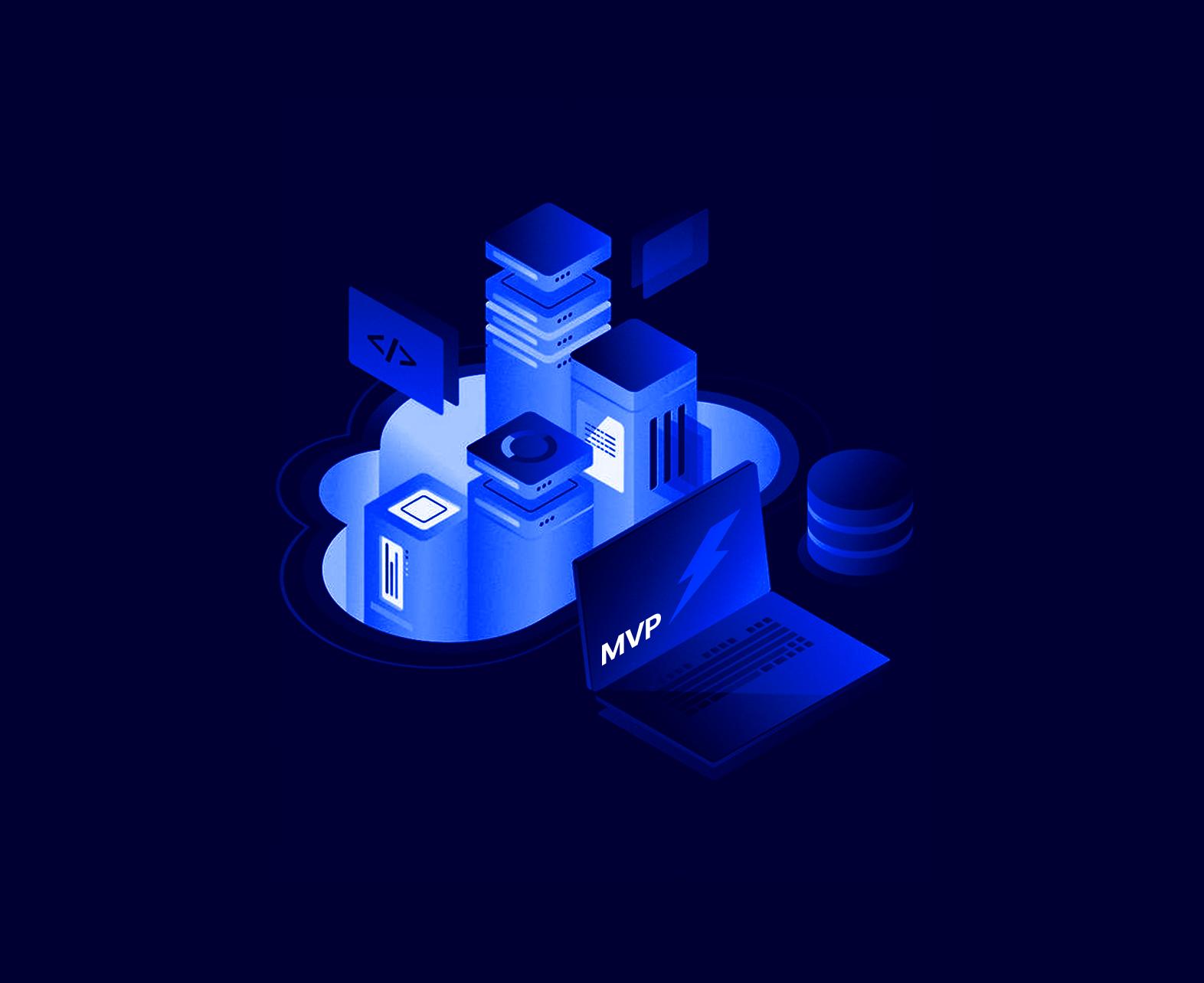
Minimum Viable Product: How to Build One That Attracts Funding and Drives Startup Success
Bringing a new tech idea to life requires more than innovation — it demands execution. For startups, that execution often starts with a Minimum Viable Product (MVP). It’s not just a first version of your product, but a strategic tool that can validate your vision, attract early users, and even secure funding from investors.
Today, investors are driven by data, traction, and clarity of vision. A well-built MVP delivers exactly that. It showcases your product’s potential while proving that your team can transform ideas into value. In this guide, we’ll show you how to approach MVP development with funding in mind — step-by-step.
What Is a Minimum Viable Product (MVP)?
An MVP is the simplest version of a product that solves a core user problem. It includes just enough functionality to test the main idea with real users and collect meaningful feedback.
But building the right MVP — one that is functional, focused, and fundable — requires balancing technical efficiency, user needs, and business goals.
Step-by-Step Guide to MVP Development
1. Define the Problem You Are Solving
Start with clarity. What is the specific pain point your MVP will address? Who faces this issue? Why does it matter?
This step is essential for product-market fit and aligns your MVP with real market demand. Many MVP development services offer product discovery workshops to help identify these core problems and opportunities.
2. Know Your Target Audience
Understanding your audience ensures that your MVP is not only usable but desirable. Conduct user interviews, build personas, and analyze competitors to define the demographics, behaviors, and preferences of your ideal user.
3. Map the User Journey
Visualize how users interact with your product — from the first touchpoint to the core functionality. This mapping helps in identifying essential features and designing a seamless user experience in your MVP.
4. Prioritize Core Features
Not all features deserve to make it into your MVP. Use the MoSCoW method (Must-have, Should-have, Could-have, Won’t-have) to focus on what delivers maximum value with minimal effort.
Tip: Focus on the features that directly address the main user problem.
5. Prototype Before You Build
Create wireframes or interactive prototypes using tools like Figma or Sketch. This step helps validate your concept visually, align stakeholders, and reduce costly rework during development.
6. Develop and Test Your MVP
Choose a scalable tech stack that supports rapid iteration. Build only the core features needed to solve the problem. Once built, test your MVP internally for usability, performance, and functionality.
7. Launch, Learn, and Improve
Release your MVP to a controlled group — early adopters, testers, or a waitlist community. Collect both quantitative data (like engagement and retention) and qualitative feedback (via surveys or interviews). Use this insight to iterate and enhance the product.
Why a Strong MVP Attracts Funding
An MVP isn't just a demo — it's your first business case. Here’s why investors take it seriously:
1. It Validates Market Demand
A live MVP with real users provides concrete proof that your product solves a relevant problem. It reduces investor risk by showing product-market alignment.
2. It Speeds Up Learning and Growth
Launching early helps you learn faster and adapt. Investors value teams that iterate quickly and base decisions on actual user data.
3. It Demonstrates Execution Capability
Ideas are everywhere — execution is rare. A functional MVP shows you can deliver, manage development, and handle product decisions.
4. It Shows Traction and Potential
Metrics like user signups, waitlists, active sessions, or positive feedback signal early traction — making your startup look promising for future rounds of funding.
5. It Builds a Scalable Foundation
A well-structured MVP allows for easy scaling. This is important for investors who want to avoid tech debt and costly rebuilds in the future.
What Investors Look for in an MVP
If you're planning to raise funds, align your MVP with investor expectations:
- Evidence of Demand: Have user interviews, beta signups, or real usage data.
- Clarity of Purpose: Your MVP should clearly communicate the product’s value proposition.
- Execution Quality: Even a simple MVP should be usable, reliable, and well-built.
- Early Traction: Show signs of user interest or market potential, even if small.
Real-World MVP Success Stories
Dropbox
Before building the product, Dropbox released a simple explainer video. The concept of file syncing was shown in action, and the sign-up list exploded overnight. This video MVP validated demand and helped secure early-stage funding.
Airbnb
Airbnb began by renting out an apartment with air mattresses. The founders built a basic website to facilitate bookings. This simple MVP showed that people were willing to pay for home stays — paving the way for a now multi-billion-dollar platform.
Originally launched as “Burbn,” it was bloated with features. But user behavior showed photo sharing was the core value. The founders pivoted, removed the fluff, and Instagram was born — a minimal yet highly engaging MVP.
Sorted Wallet
Sorted Wallet is one of the product which is Successfully Developed by Blinker team and Raised $1.5M pre-seed funding from Tether, First Web3 crypto wallet for feature phones, Multi-chain support Seamless crypto transaction & mobile airtime conversion.
Common Challenges in MVP Development
- Overbuilding: Focus on essentials. Don’t try to build the full product.
- Misreading Feedback: Validate feedback from the right user group — your target audience.
- Tech Debt: Build clean, modular code even in MVP stage to prevent issues later.
- Assuming Product-Market Fit Too Soon: Look for deep engagement, not just downloads.
Final Thoughts
Building a minimum viable product is one of the smartest ways to launch your idea and attract funding. It allows you to validate demand, test features, and showcase traction — all critical to securing investor interest.
If you're looking to turn your idea into a market-ready MVP, Blinker Technology offers expert MVP development services tailored for startups and scale-ups. We help you build fast, learn faster, and scale smarter.